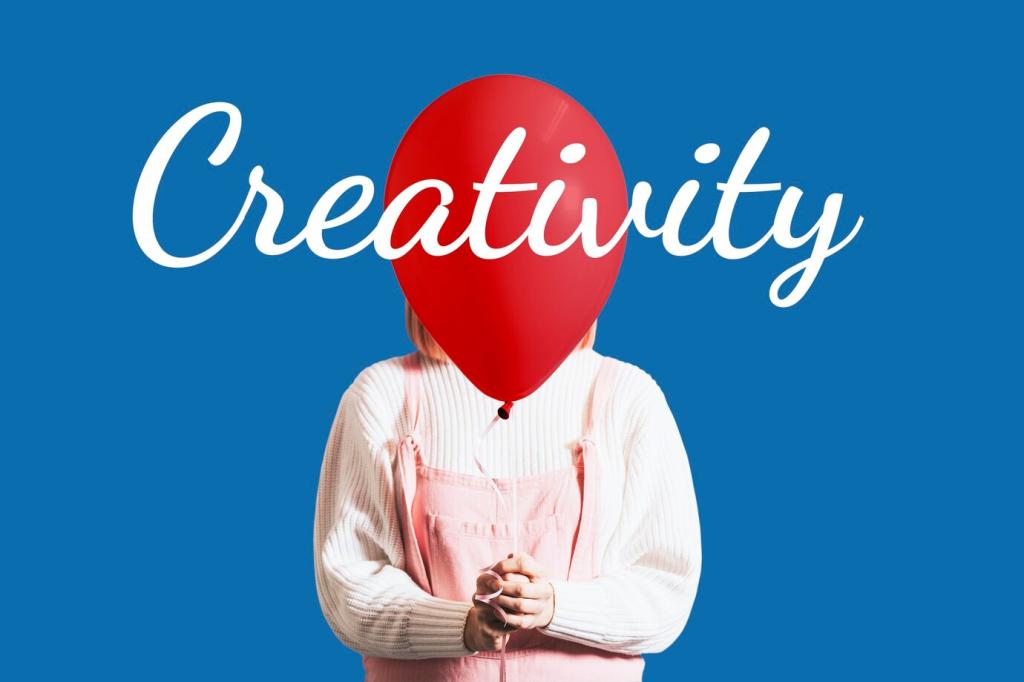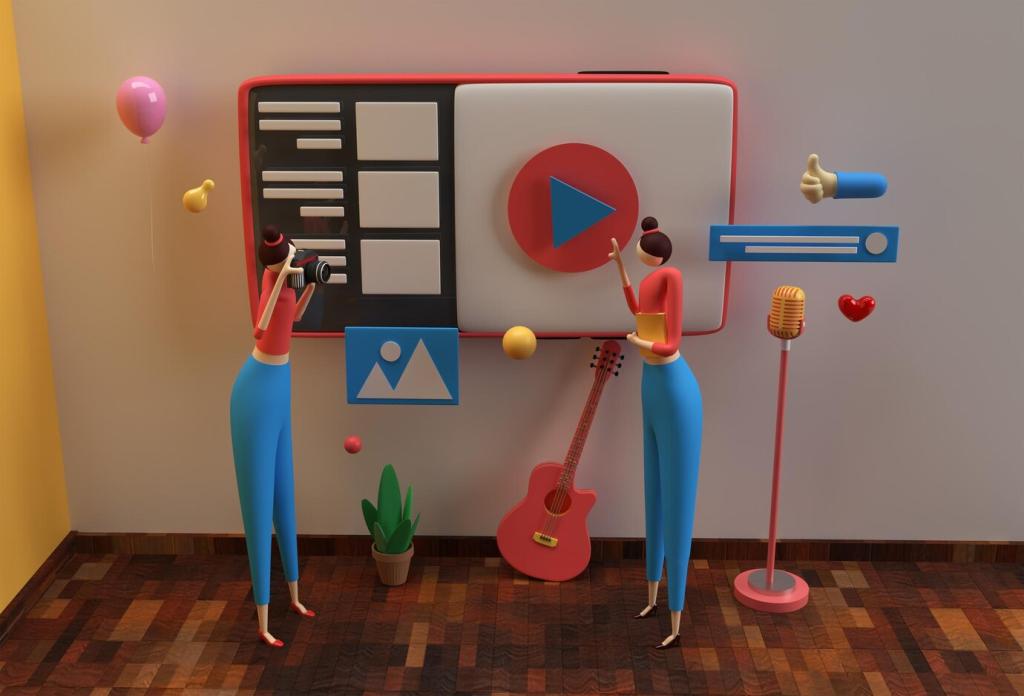Find Your Voice: Navigating Tone and Style in Interior Design Texts
Chosen theme: Navigating Tone and Style in Interior Design Texts. Step into a space where language becomes a design material—shaping mood, guiding the eye, and helping readers feel at home before they ever step inside. Join the conversation, subscribe for fresh insights, and share your favorite tone moments from interior design writing.

Tone Archetypes that Turn Rooms into Reading Experiences

Warm and Welcoming
This tone wraps readers in hospitality, using gentle verbs, soft adjectives, and reassuring rhythms. Imagine a foyer candle flickering as you read. Try it in brand bios, captions, and project overviews. Share a paragraph you love, and tell us how it made the room feel safer, calmer, and more approachable.

Editorial and Sophisticated
Polished, urbane language suits high-concept spaces and luxury narratives. Think restrained metaphors, precise nouns, and confident cadence. It signals authority without sounding aloof. Test it on case studies or brochures, then ask your audience if they sense clarity and craft. Comment with lines that balance elegance and warmth.

Minimal and Instructional
When clarity is paramount, pare sentences to essentials. This tone guides readers through materials, measurements, and maintenance steps. It respects time and reduces friction. Use active voice, clean structure, and visible headings. Try rewriting a plush paragraph into this mode and share both versions for community feedback.



Storytelling that Lets Spaces Breathe
Origin Stories with Purpose
Explain why a travertine slab or vintage armoire belongs here—its provenance, patina, and role. Link choices to client values. A small studio once reframed copy from ‘expensive’ to ‘enduring,’ and clients finally understood the long-term vision. Share your own material origin note and ask for reader refinements.
Persona-Led Narratives
Write for the person who will use the space: a morning minimalist, a weekend host, a collector of quiet objects. Tailor verbs and imagery to routines. This prevents generic mood statements. Draft two personas for the same room and compare reactions. Invite the community to vote on which story feels truer.
Sensory Language Without Purple Prose
Use sensory cues—cool stone underfoot, filtered afternoon light—but stay accurate and spare. Replace grandiose metaphors with grounded detail. A single honest texture can carry a page. Post a sentence you suspect is over-decorated, then invite edits that keep feeling while restoring clarity and balance.
Aligning Words with Color, Light, and Texture
Colors carry cultural and emotional associations. ‘Sage’ whispers calm; ‘charcoal’ suggests structure. Name shades intentionally, and avoid trend-chasing labels that date quickly. Pair each palette with tone notes. Share a palette and ask readers which adjectives feel natural, then refine your guide based on collective insight.

Ethics, Accessibility, and Clarity in Design Writing
Honest Claims and Responsible Persuasion
Promise only what design and materials can deliver. Replace absolute superlatives with specific benefits: maintenance cycles, thermal comfort, acoustic relief. A boutique firm found fewer misaligned expectations after revising claims. Share a line you softened, and ask readers whether the new version feels more credible and useful.
Inclusive Language and Access
Consider mobility, neurodiversity, and sensory sensitivities when describing use and flow. Avoid assumptions about bodies and lifestyles. Provide alt text guidance and caption rules for images. Invite readers to audit a sample page for inclusivity, then discuss simple changes that improved comprehension and welcome.
Jargon Detox without Losing Expertise
Explain technical choices in approachable language, then offer optional detail for those who want depth. Define terms once, link to a glossary, and avoid gatekeeping. Share a dense paragraph and your plain-language rewrite. Ask the audience which version preserved expertise while opening the door to more readers.
Editing Frameworks to Modulate Tone on Demand
The Tone Ladder
Create a scale from minimal to poetic, with examples at each rung for headings, captions, and body copy. Mark verbs, adjectives, and sentence lengths that fit each level. Share your ladder template, then invite readers to test it on a tricky project and report where clarity improved most.
Read-Aloud and Rhythm Checks
Reading aloud exposes friction. Listen for breathless stretches, clunky stacks of adjectives, and misplaced emphasis. Adjust punctuation to guide pace. Record a short passage before and after edits, and ask followers which version feels more architectural, more spacious, and easier to inhabit through language alone.
Microedits with Macro Impact
Swap vague adjectives for material facts, move key benefits earlier, and trim redundancy. Insert context where a reader might ask ‘why this?’ Keep a checklist near your desk. Share a thirty-second microedit screen capture and invite the community to note the exact moment comprehension noticeably improved.

SEO that Protects Voice and Reader Trust
Organize content around topics—kitchen lighting strategies, sustainable finishes, small-space storage—rather than repeating the same phrase. Use related terms naturally. Invite readers to share cluster ideas that connect to their latest project, then turn the best into a content outline that preserves tone and depth.
